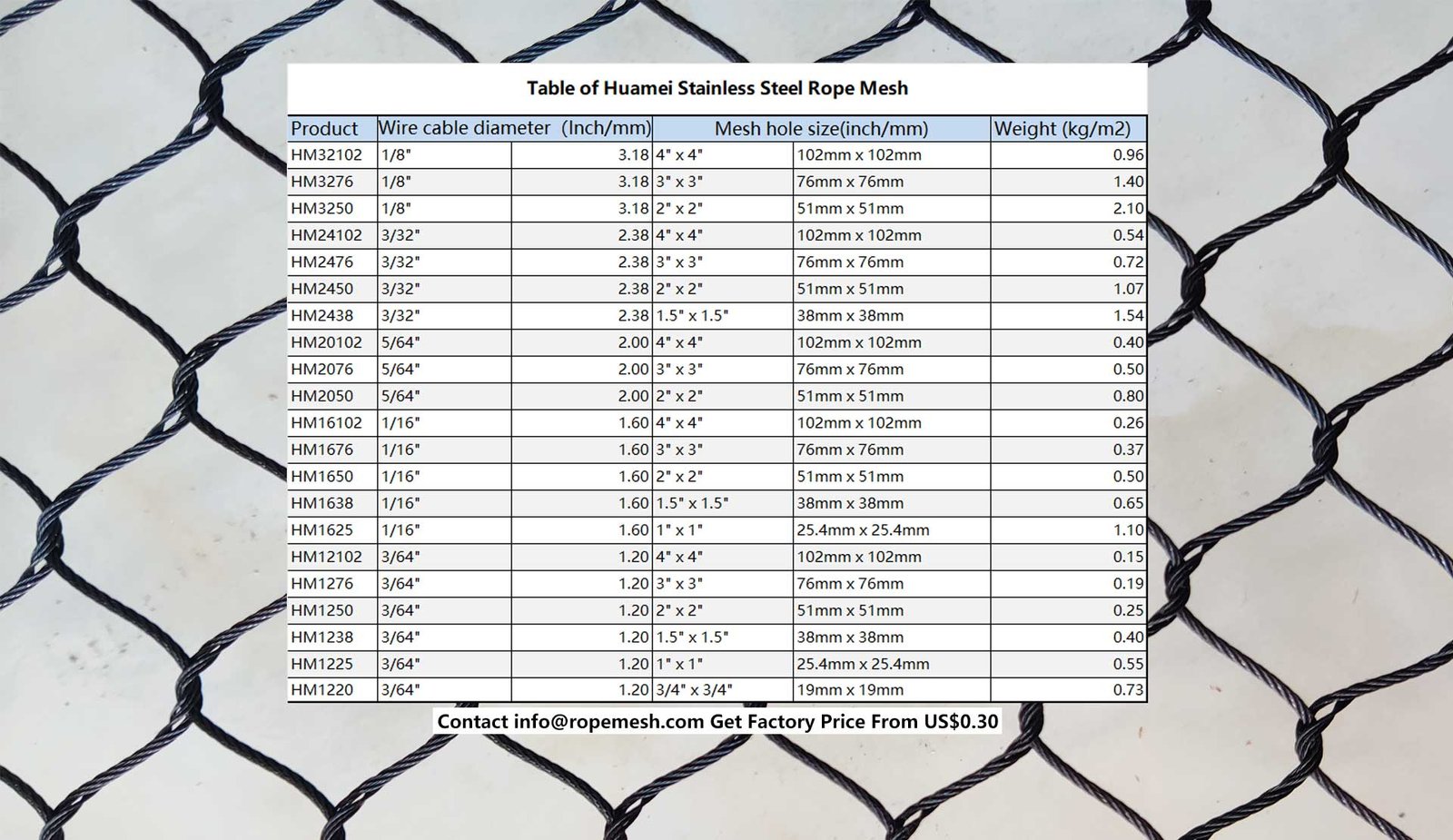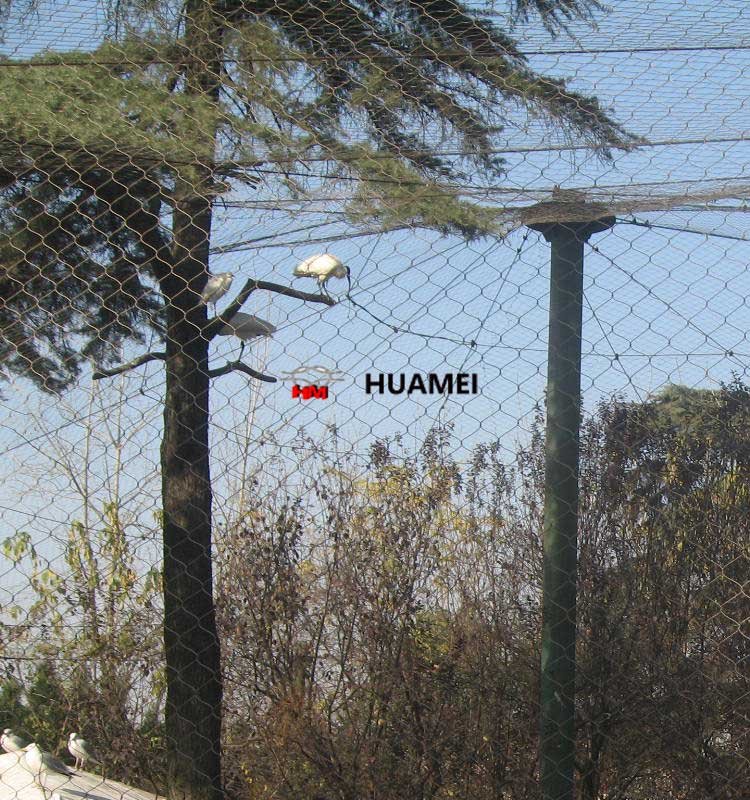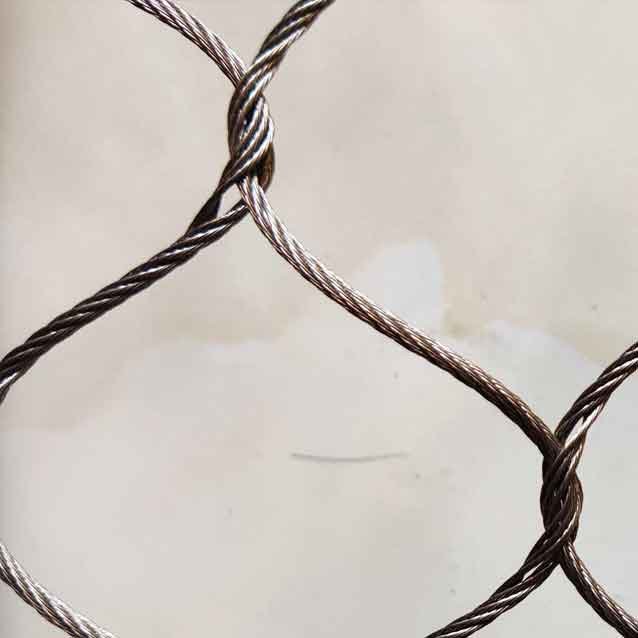Introduction to Bird Netting for Roofs
Bird netting for roofs has emerged as an essential solution for both residential and commercial properties facing challenges presented by avian infestations. The increasing incidence of birds nesting or roosting on rooftops can lead to significant property damage, unsightly messes, and potential health risks due to droppings. Thus, implementing bird netting serves a dual purpose: protecting the integrity of buildings while ensuring a cleaner and safer environment.
Effectively acting as a barrier, bird netting prevents birds from accessing critical areas such as eaves, gutters, and balconies, thereby eliminating the likelihood of nesting and subsequent complications. Its netting design is typically made from durable, weather-resistant materials, making it an ideal choice for outdoor applications. The flexibility yet strength of professional-grade netting ensures that it can withstand harsh weather conditions while providing the necessary deterrent against various bird species.
Beyond its protective function, bird netting for roofs provides a practical solution to avoiding the maintenance responsibilities associated with frequent cleaning of bird droppings and the repair costs tied to damages incurred from bird activity. Aesthetically, it enables property owners to maintain a neat appearance without compromising their view or access to sunlight. Given the concerns surrounding noise and potential damage from bird populations, employing bird netting not only protects structures but also contributes to a more peaceful residential or commercial environment.
This guide aims to delve deeper into the various dimensions of bird netting for roofs, including its cost implications, installation processes, and overall effectiveness. By understanding these facets, property owners can make informed decisions that align best with their needs while ensuring long-term protection against bird-related issues.


